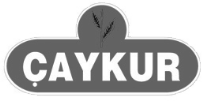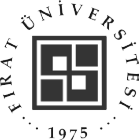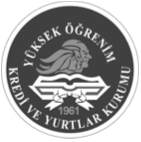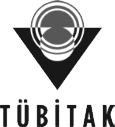We strive to provide the best heating solutions with our commitment to customer satisfaction and quality.
Provides fuel savings of 5% to 15%
Reduces flue gas temperature up to 200°C
100% Compatible Design with Different Boiler Types
High-Efficiency Heat Recovery Capacity

Product Features
Economizer
Economizers are innovative systems in boiler setups that recover waste heat to increase energy efficiency. They work compatibly with both conventional and industrial boilers, providing fuel savings of 3% to 7% when the flue gas temperature is reduced to operational levels. By using the heat from flue gases, they preheat the feed water and minimize energy consumption within the boiler. By lowering the flue gas temperature up to 50°C, economizers reduce costs and carbon emissions, offering an environmentally friendly solution. They act as a bridge between the boiler’s flue gas inlet and outlet, ensuring efficient heat transfer.
Economizer capacities vary depending on the temperatures of the heating and heated fluids at the economizer’s inlet and outlet.
Manufactured from durable materials, economizers are long-lasting and help reduce maintenance costs. Produced in various capacities, these models are suitable for a wide range of applications, from small businesses to large industrial facilities. They provide an economical and sustainable solution for enterprises aiming to save energy.
Product Advantages
We work to provide the best heating solutions with our commitment to customer satisfaction and quality.
Reduces fuel consumption and energy costs by recovering waste heat.
Increases system efficiency by recovering heat from high-temperature flue gases.
Offers a wide range of applications by integrating with steam, hot water, and hot oil boilers.
Helps reduce businesses' carbon footprint through lower energy consumption.
Reduces wear and maintenance costs by allowing the boiler to operate with less strain.
Provides solutions suitable for businesses of all sizes with models compatible with different systems.
Frequently Asked Questions
We strive to provide the best heating solutions with our commitment to customer satisfaction and quality.
What is an Economizer and How Does It Work?
An economizer is a heat recovery device, commonly used in boiler systems to increase energy efficiency by recovering waste heat from flue gases. The recovered heat from the flue gases is used to preheat the feed water or air flow. This reduces the energy required by the boiler, lowers fuel consumption, and enables the system to operate more efficiently.
Advantages of Using an Economizer?
- Energy saving: Reduces fuel consumption by reusing waste heat..
- High efficiency: Can increase boiler efficiency by 5–15%..
- Low flue gas temperature: Heat recovery lowers the flue gas temperature..
- Eco-friendly: Reduced fuel consumption also decreases carbon emissions..
- Cost saving: Provides lower energy costs.
- Steam boilers.
- Hot water boilers.
- Gas turbines.
- Cogeneration and trigeneration systems.
- Petrochemical plants.
- Food and beverage production facilities
- Waste heat recovery: Captures unused heat from flue gases and transfers it back into the system..
- Feedwater preheating: Boiler feedwater is preheated, reducing the boiler’s operating load..
- Reduced fuel consumption: The boiler operates at lower temperatures, consuming less fuel..
- Lower flue gas temperature: Heat transfer minimizes energy losses.
- Heat transfer surfaces should be cleaned regularly, especially to prevent soot and scaling..
- Pipes should be checked for blockages..
- Water flow should be monitored to ensure there are no disruptions in circulation.
Safety:
- Overpressure and high-temperature protection systems should be in place..
- Proper insulation should be applied to prevent condensation..
- Automatic shutdown and alarm systems should be tested regularly.
- System capacity: Should match the boiler capacity and the facility’s energy requirements..
- Flue gas temperature: Operating temperatures must be taken into account..
- Material quality: Materials resistant to corrosion and high temperatures should be chosen..
- Size and design: Must be compatible with the system’s layout and integration requirements..
- Energy efficiency: Economic benefit analysis should be performed, considering the payback period of the investment.


































 Şehrinizi seçin, size en yakın servisimizi bulalım.
Şehrinizi seçin, size en yakın servisimizi bulalım.